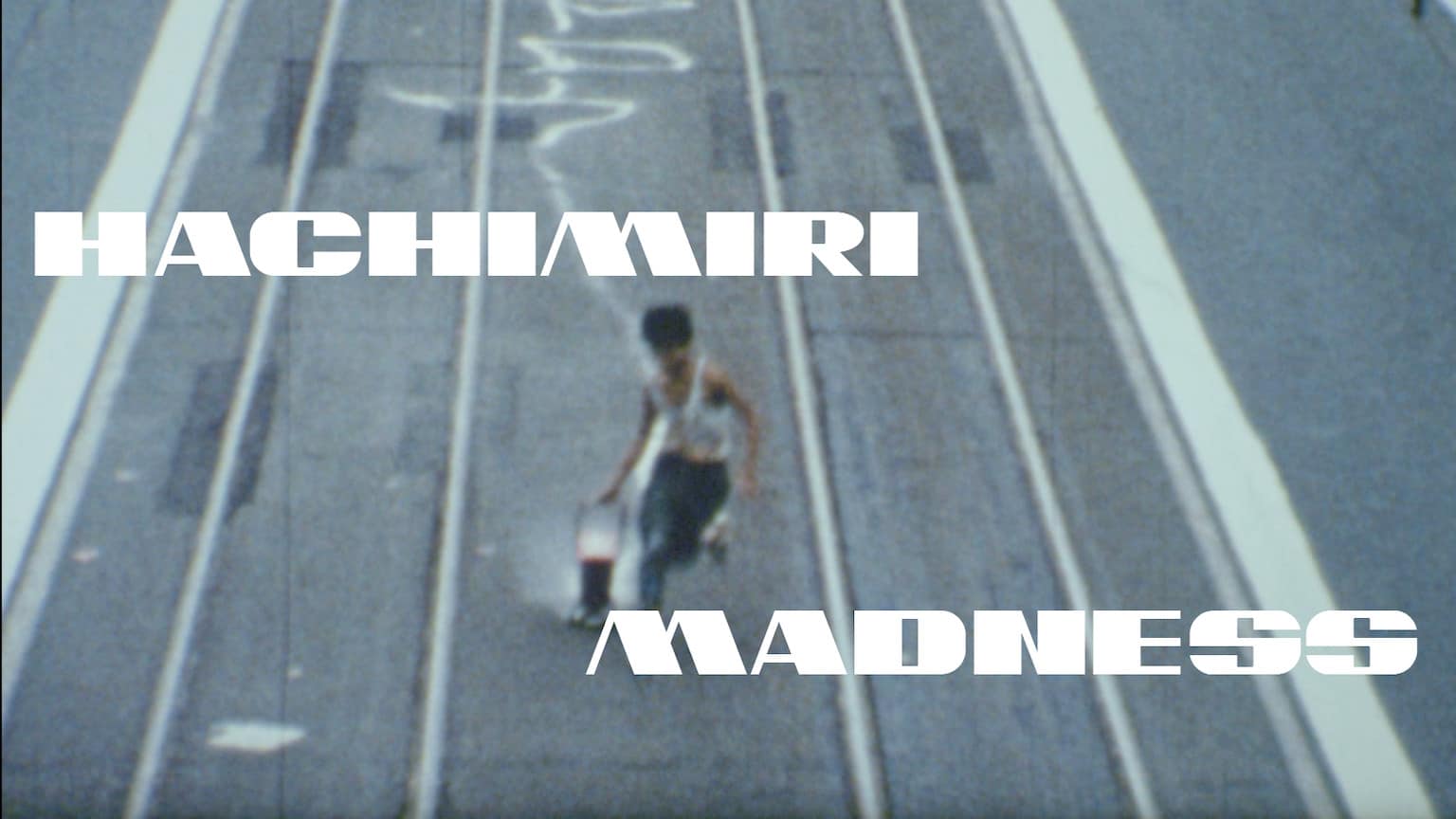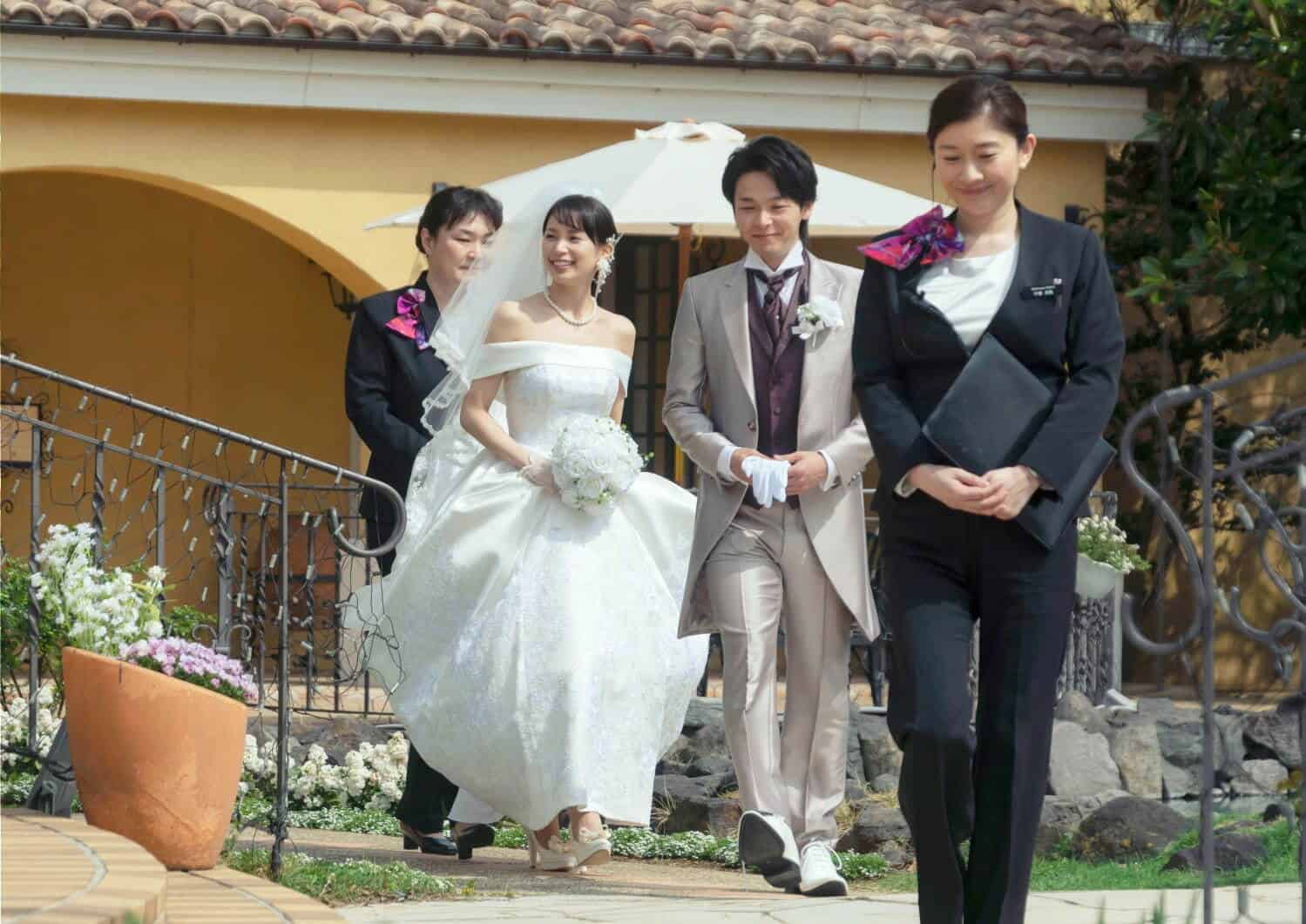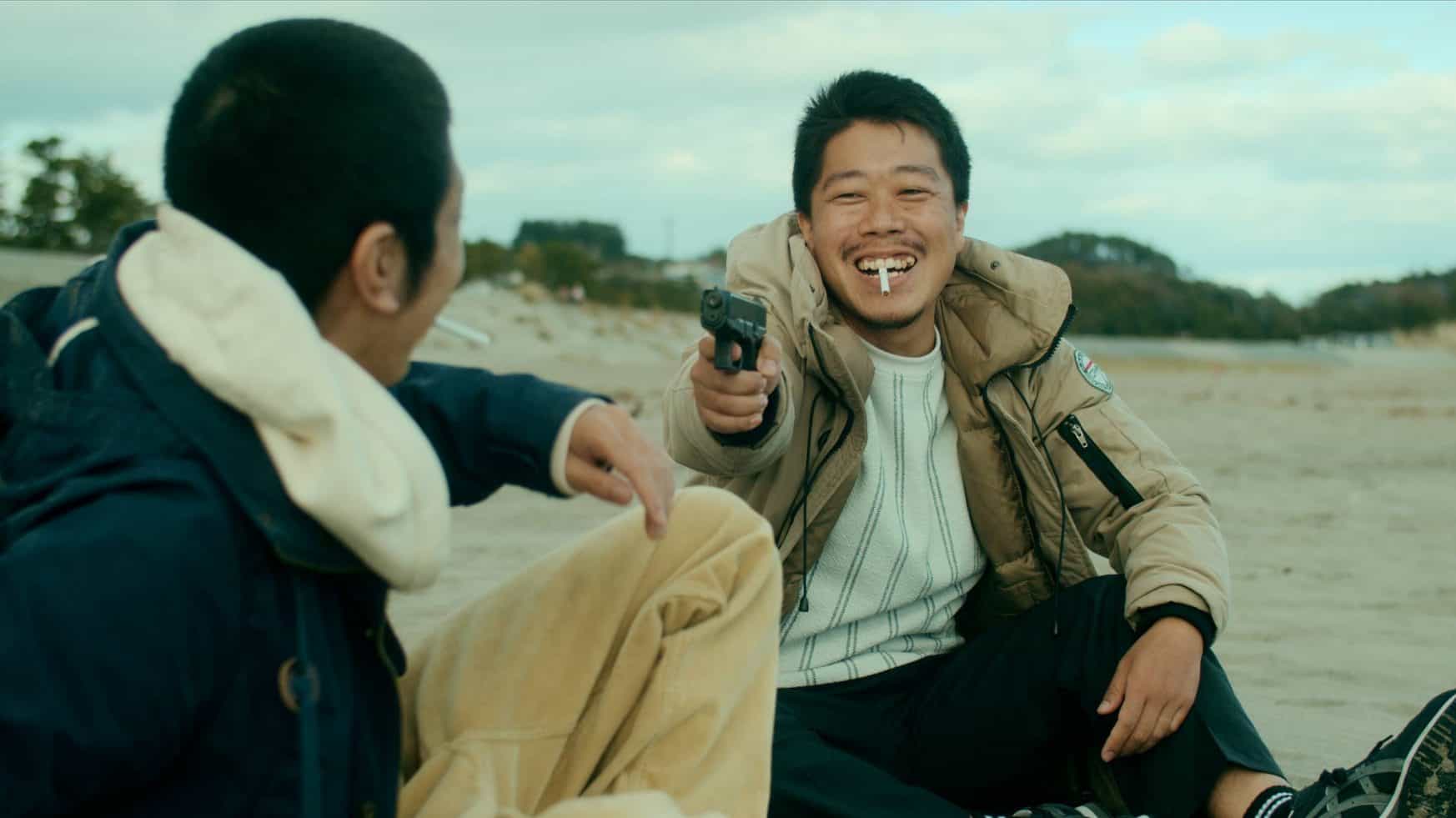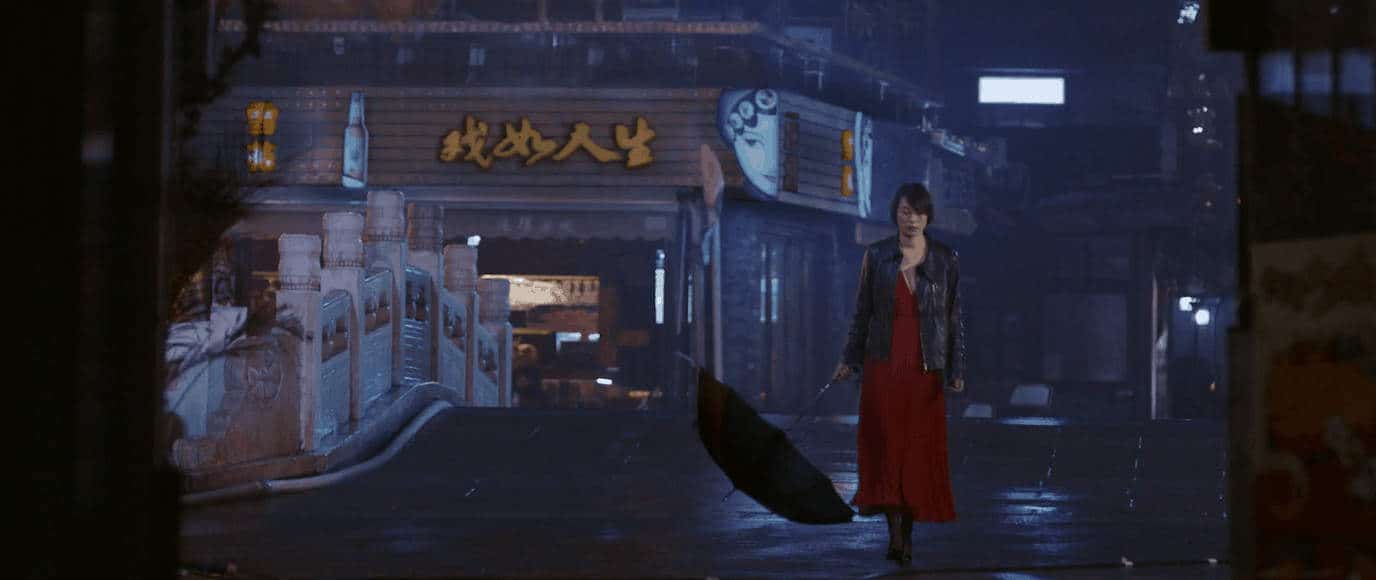As we know, the very first work of an artist not only marks the beginning of a hopefully great career, but also the start of someone dealing with themes, issues and observations which might define the rest of his/ her creative output. However, given a number of technical, budgetary and other constraints, these starts are often quite rough while they were being made and also for the viewer to look at. Ironically, making your very first feature during the punk-phase of the 1980s served as a disguise for these aspects, highlighting them instead as part of the cultural zeitgeist which was about rattling the cage of authority and social systems. Indeed, this may certainly be the case for “A Man's Flower Road”, the first feature by director Sion Sono, who would be one of the major creative forces within the Japanese film industry in the years to come.
A Man's Flower Road is screening at Hachimiri Madness: Japanese Indies from the Punk Years

The feature is divided into two parts, with the first one being a more or less semi-documentary, experimental tale of a man (played by Sono himself) trying to escape a group of men. After the frantic chase has taken them through many parts of Tokyo, shocking pedestrians and leaving them behind confused about the whole event, the man is then seen in the company of a group of kappa. The second part, which takes up the majority of the movie's running time, is called “The Diagonal Lines” and is, as it is announced through a title in the background, a “home movie”, showing the Sono family in their home. Starting with a blackout and continuing with various exchanges of Sono, his parents and his sister, we get the impression the young man is equally emotionally connected to his family, while at the same time driven by the urge to break out.
Even though it would take a while before Japanese audiences and critics would take notice of the young Sion Sono, “A Man's Flower Road” bears the undeniable mark of the same artist who would do on directing “The Whispering Star”, “Love Exposure” and “Cold Fish”. Considering the aforementioned cultural phenomenon of punk at the time, the feature can be seen as a reflection of the time with its anti-authoritarian approach deliberately unbound by narrative or aesthetic conventions, for the most part. Some of the sequences, for example, the chase sequence at the beginning or the blackout at the start of the second part, are quite uncomfortable in terms of audiovisuals, with especially the music being defined by a strange cacophony of noises which you will hesitate to call music.

However, there is also a nod towards a tradition within Japanese cinema, which is evident in “A Man's Flower Road” and which has often been mentioned in discussions and reviews about Sono's debut feature. Especially the works of Seijun Suzuki and Nagisa Oshima seem to have inspired some of the visuals in the movie, for example, the guerrilla-approach in the first half as the young man flees through the streets with real people reacting to the scene. The contrast to tradition, in these moments, but even more so later when Sono is with his family, becomes all the more obvious, with some sequences emphasizing the emotional imprisonment of this life and the conventions that come with it, while others highlight the deep affection Sono feels for his family members, most specifically his sister. While these moments certainly come as a surprise, given the aforementioned anti-authoritarian fabric of the whole project, there are perhaps a much-needed break in a feature which, at a running time of 110 minutes, is often quite exhausting and also a bit immature (especially in the first part).
In the end, “A Man's Flower Road” is an interesting first feature by Sion Sono, already showing the technical and thematic notes which would define his works in the future. While its unconventional, experimental approach is somewhat tiresome at times, there are moments of true, raw ingenuity to be found.















